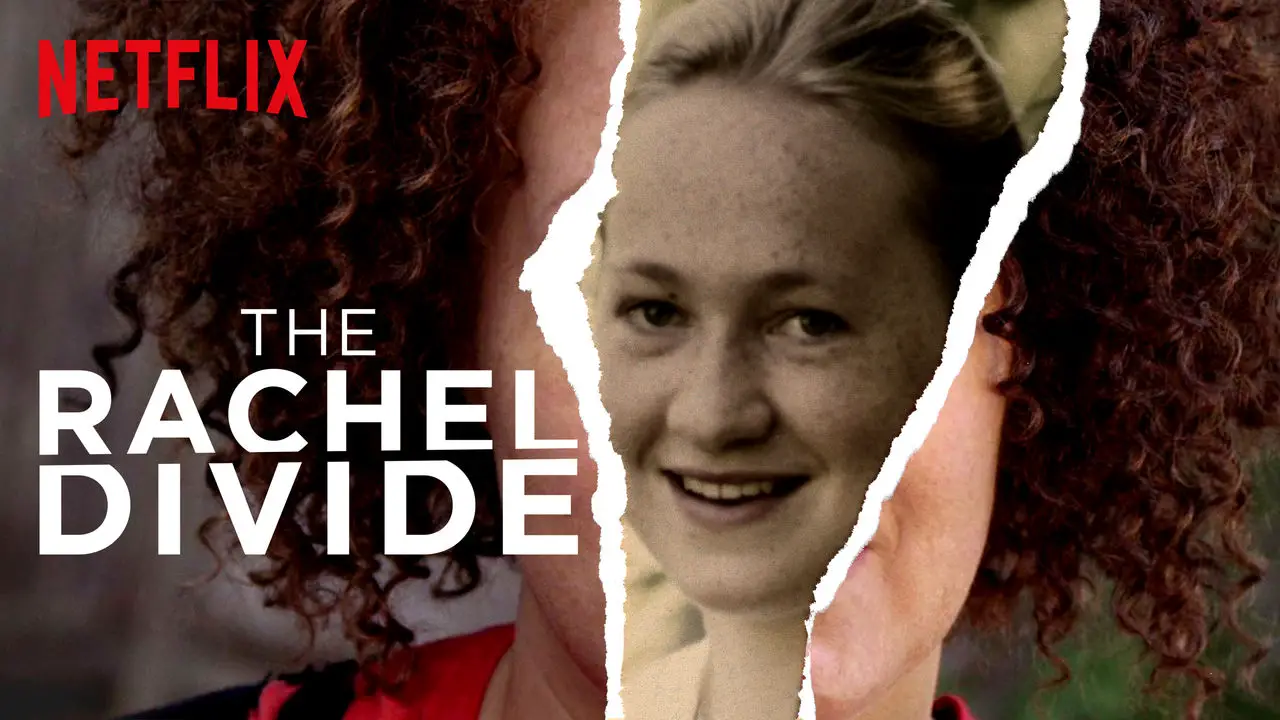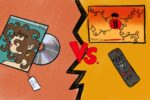Rachel Dolezal is a woman who sparked incredible controversy in 2015, when it was discovered that though she was born white she identifies as a black woman. This revelation soon sparked a national debate on racial identity, which led her to use the word “transracial” to describe her identity, a phrase meant to resemble the term transgender.
A majority of the black and trans community decided that Dolezal’s identifying as transracial reflected an incredibly privileged point of view. Dolezal was then forced to resign from her position of president of the NAACP in the chapter of Spokane, Washington. To be frank, the conversation around Dolezal should have ended there.
Instead, the discussion has not only continued — it has amplified. In 2017, Dolezal released a memoir, entitled “In Full Color,” and is now starring in a Netflix documentary, entitled “The Rachel Divide.” While the documentary has its merits, it is also fundamentally flawed in that it portrays Dolezal’s opinion as equal to the opposing viewpoint.
The documentary is also exploitative in nature, as it co-opts the pain of Dolezal’s biracial children and adoptive black siblings in order to create empathy for her.
Throughout the documentary, the 40-year-old Washingtonian laments the brutal treatment she is facing, both from African Americans and white people alike. The film focuses heavily on a number of crimes that Dolezal claims happened; however, it fails to responsibly question whether or not the events ever actually occurred.
For example, Dolezal claims that people have broken into her house and that she has found a gun permit on her property. However, not only does the viewer never see these events take place, the film never shows any protesters near or around Dolezal’s property. What’s more, the film casts doubt on several of Dolezal’s claims, as it often hints that she has fabricated the threats to gain attention on social media.
Additionally, the documentary points out that part of the reason Dolezal was discovered was due to her own lies. While president of the NAACP, Dolezal supposedly made up death threats, an action that certainly damages her credibility.
However, the documentary does not explore her disingenuous past, but instead tries to act as though it is an impartial third party. While their neutrality is well intentioned, it is also misleading, as Dolezal’s lies are seen as being up to the viewer to decide. Instead of feigning objectivity, the documentary would have been more accurate had it fact checked the veracity of Dolezal’s claims.
The exploratory nature of the documentary cannot be denied, Dolezal’s young son, Franklin Moore, is seen as becoming frustrated at both the hatred thrown at his mother and his mother’s actions. By the end, Moore is struggling to cope with the documentary and it is obvious that this entire situation has damaged his emotional well being. As a viewer, I grew uncomfortable at how present he is in the documentary and I also it found it counterproductive.
Moore is meant to be seen as one of the few still on Dolezal’s “side” and her struggles as a single mom is meant to garner sympathy. Yet, I cannot imagine a good mother would use her child in such a fashion. I will admit, though, that the documentary does allow others to point out that Dolezal’s usage of her children is unethical. Still, the filmmakers themselves should never have agreed to film a child, who is clearly struggling, to this extent.
Additionally the film exploits the pain and struggles of Dolezal’s younger sister, Esther. Now to the film’s credit Esther is a legal adult; however, Esther’s struggles should not be used to merit her sister’s causes. Esther is a black woman who was adopted by Dolezal’s parents, and has since claimed that her parents biological son, Joshua, sexually assaulted her.
Dolezal was attempting to help Esther with a legal case when the media got a hold her story, and it was due to the connection with Dolezal that lead to the case being dropped. This story is tragic and it is clear that Dolezal herself grew up in a heavily abusive household; however, it does not make Dolezal actions correct. Esther’s struggles do not give the audience a reason for why Dolezal should be allowed to call herself a black woman.
Another issue I found with the documentary was the lack of inclusion of trans activist. Dolezal has claimed that she is transracial which is a play on the term transgender. This is incredibly insulting term to many trans people, who view the correlation of the two subjects as harmful.
It would have nice to include an interview with a transgender person and have them explain why the trans community rejects this term. If we really want to show the “The Rachel Divide” we need to include all affect by this new term. It would have especially been nice to have a trans black woman included in this documentary.
The documentary did provide some good interviews with black women, many whom gave scathing opinions on Dolezal. These women came across as incredibly intelligent, as they spoke of white privilege and the harm Dolezal caused to the black community.
Dolezal was an incredible President of the NAACP, the black women in the documentary point out that they are unsure if that was due to her actual talents or if it was due to people being more willingly to take her seriously since she has white physical traits. Furthermore, the black women in the documentary point out how Dolezal actively stole from black woman, and how damaging that is the community.
Another great moment was when two black women, at a Q&A, confronted Dolezal. They pointed out to her that her entire identity is based on privilege that they do not enjoy. The point blank told her that, a white woman can claim she’s a black woman and it’s a debatable topic but a black woman could never claim she was white.
The documentary was without a doubt fascinating to watch; I cannot say that was not engaging. With that said, the documentary was not needed at all. The community has more or less spoken on this issue, both black and trans activists disagree with the idea of transracialism.
So for the wound to be reopened years after the issue was settled is not something I personally find insightful or helpful. I would have much rather Netflix produce a documentary on the struggles of black women or transgender people, led by actual trans and black activists.
















